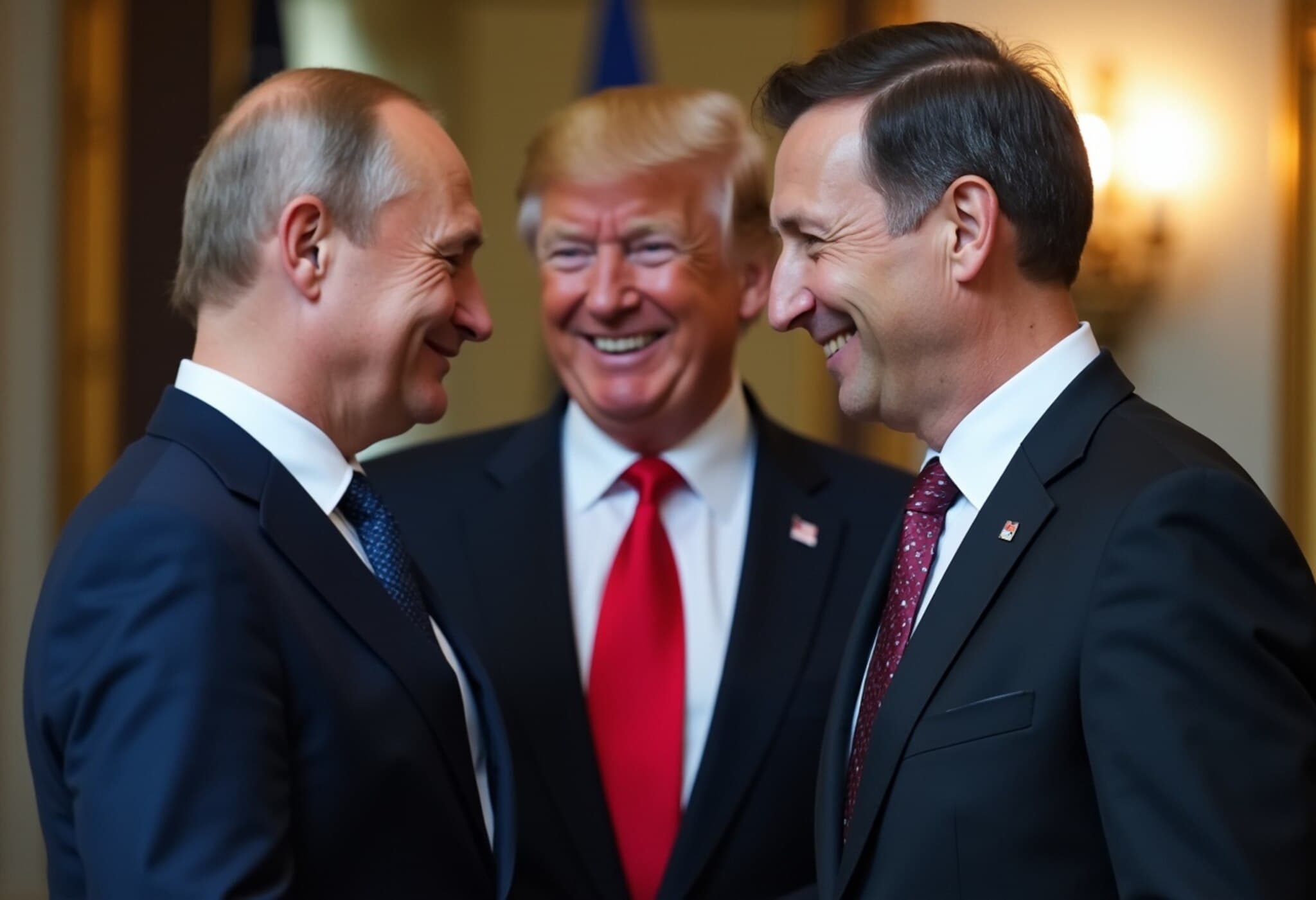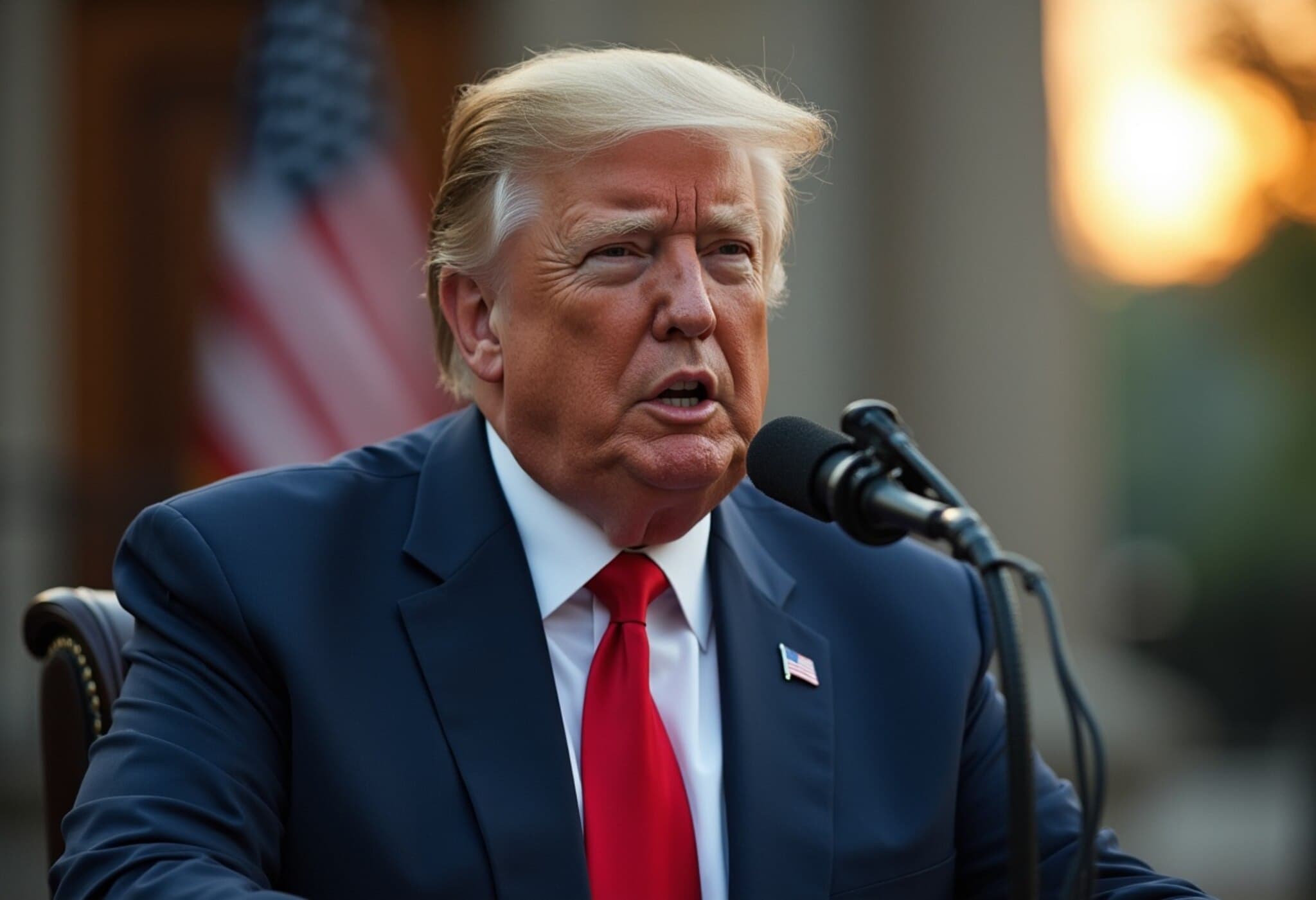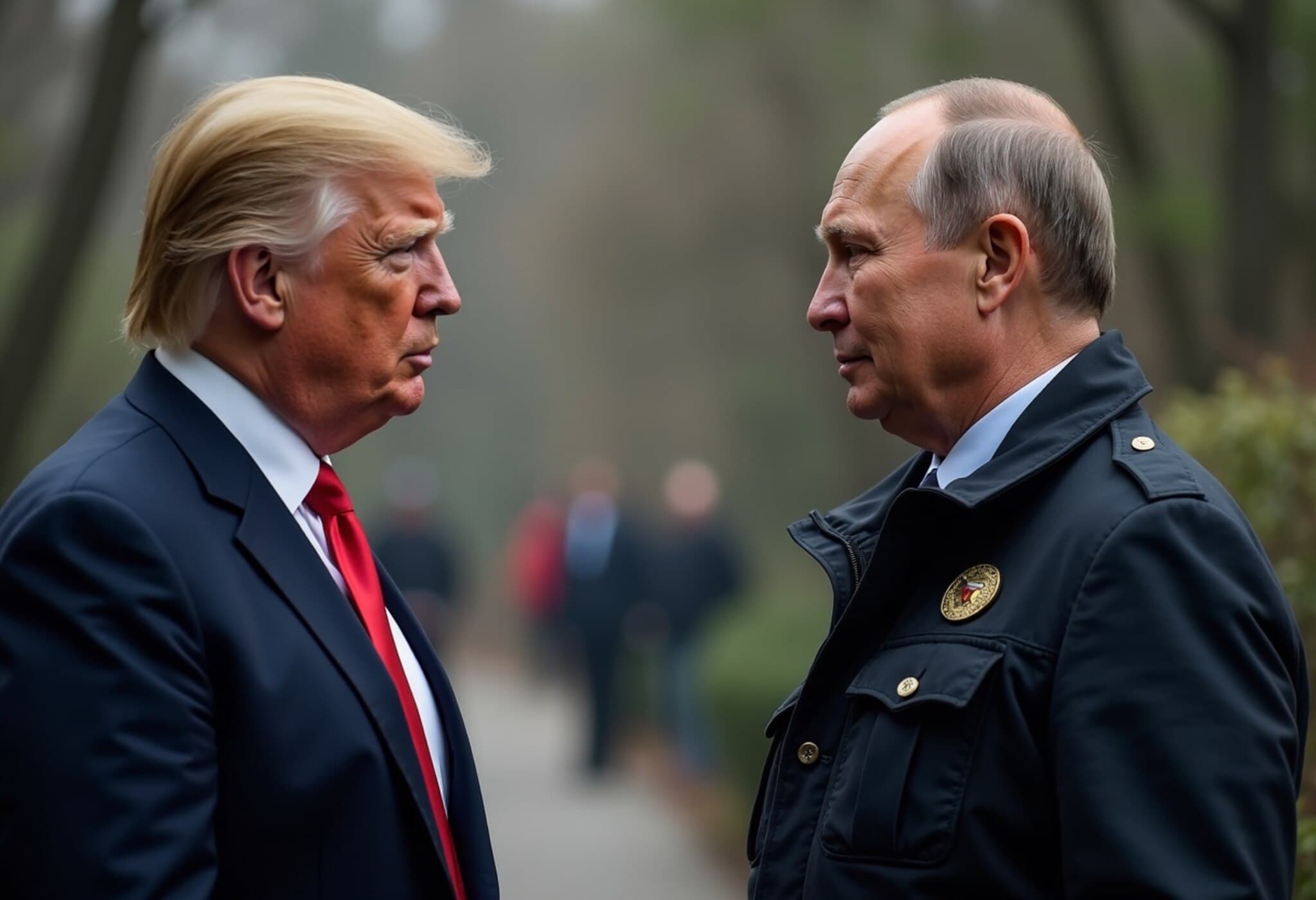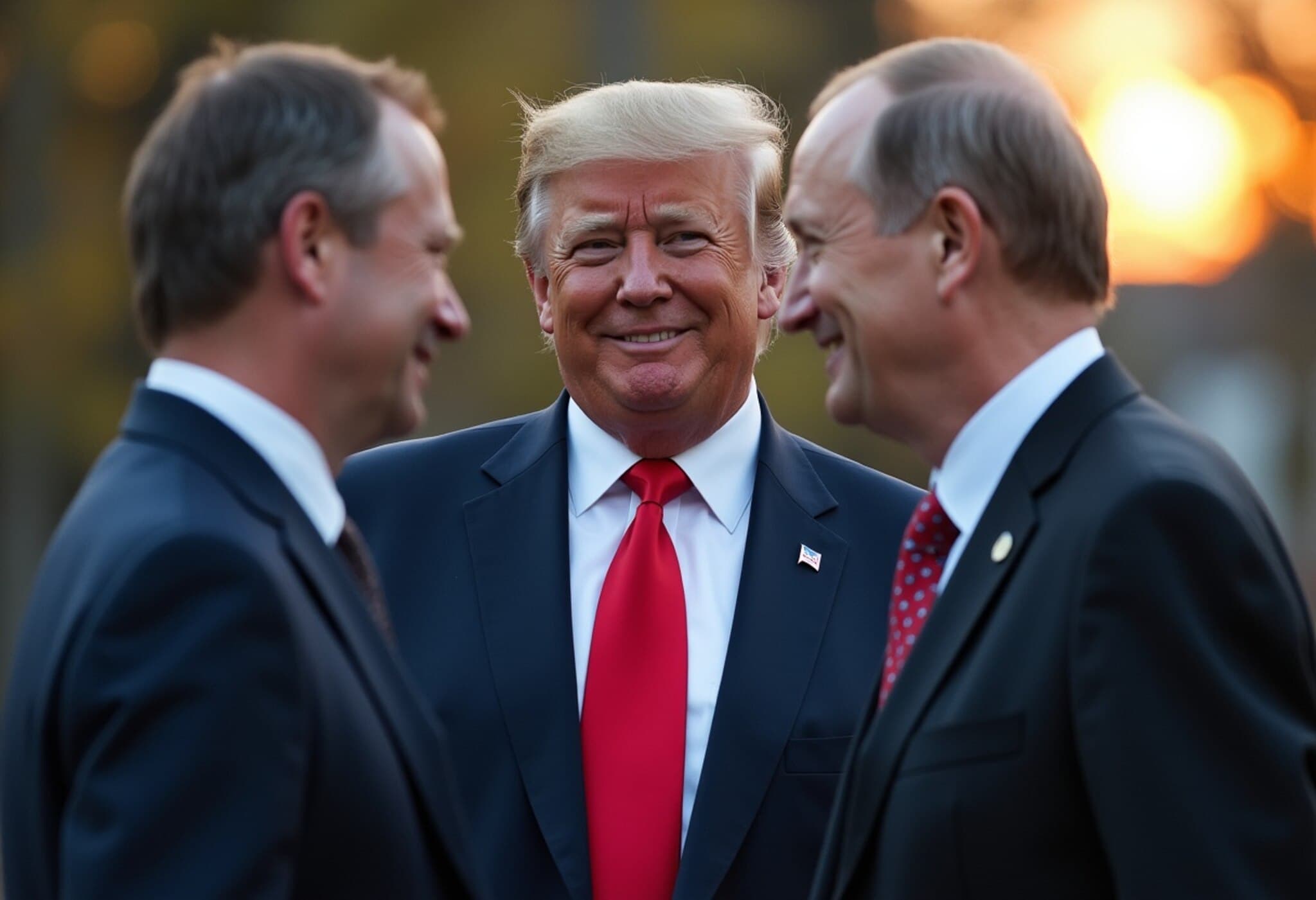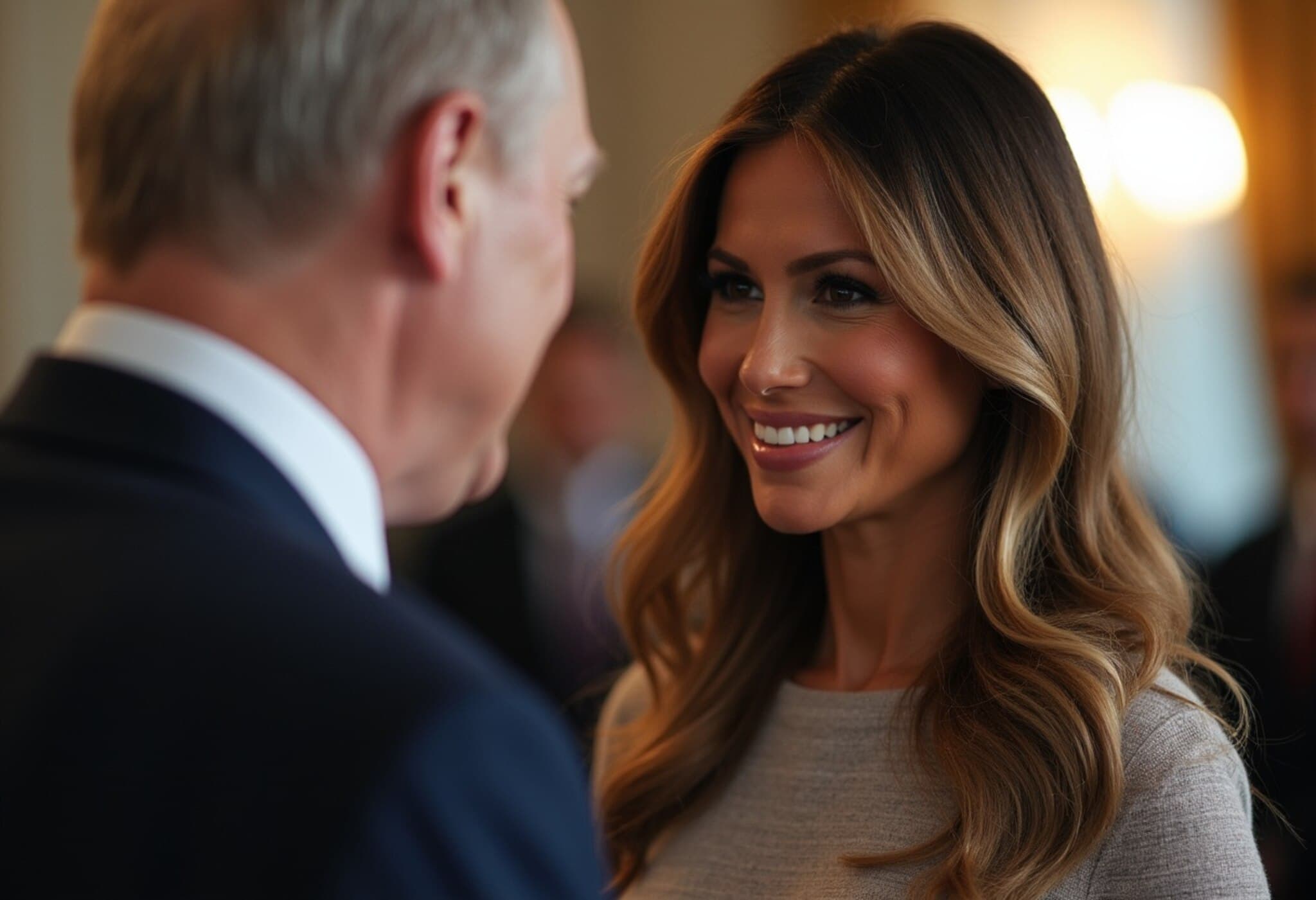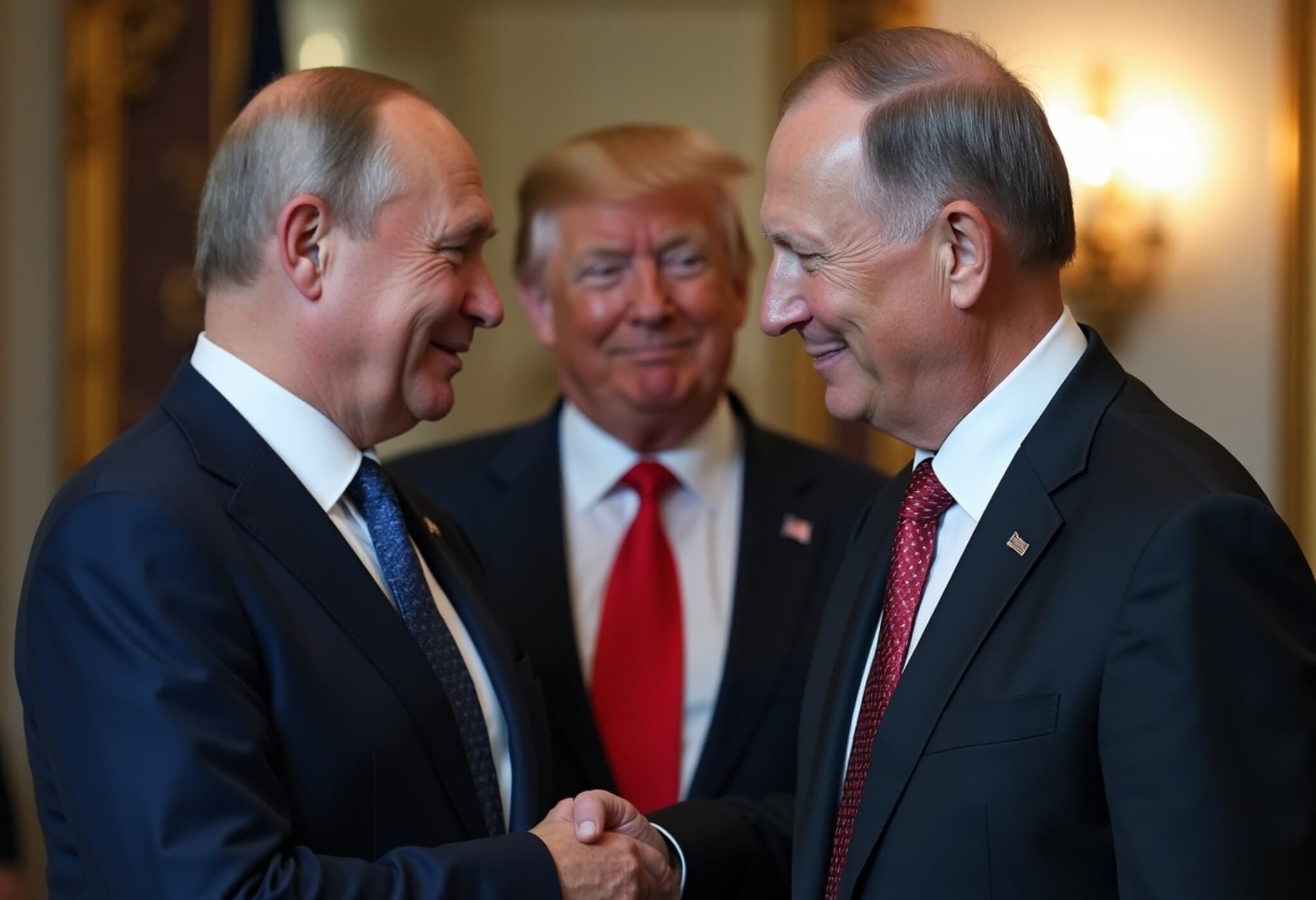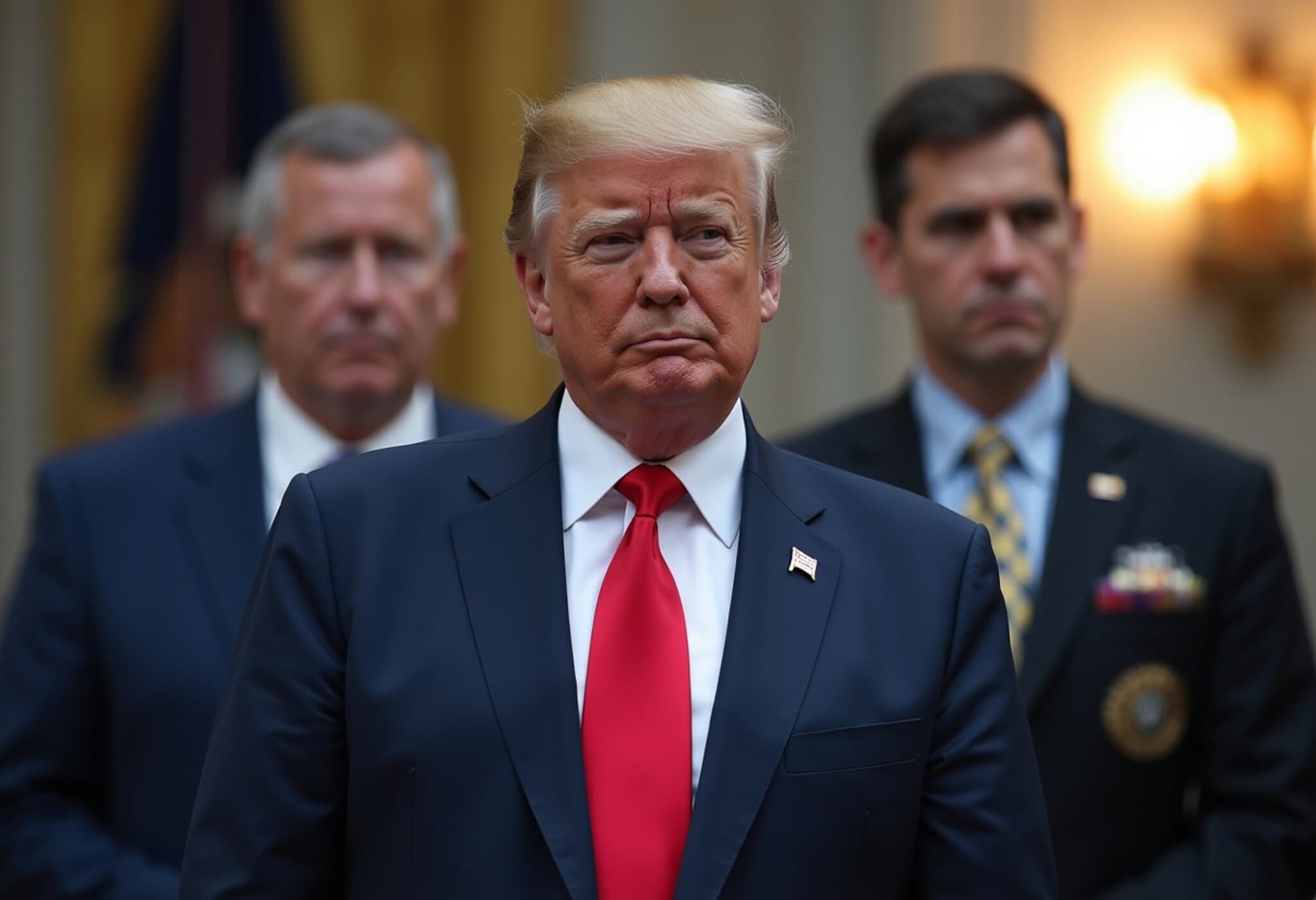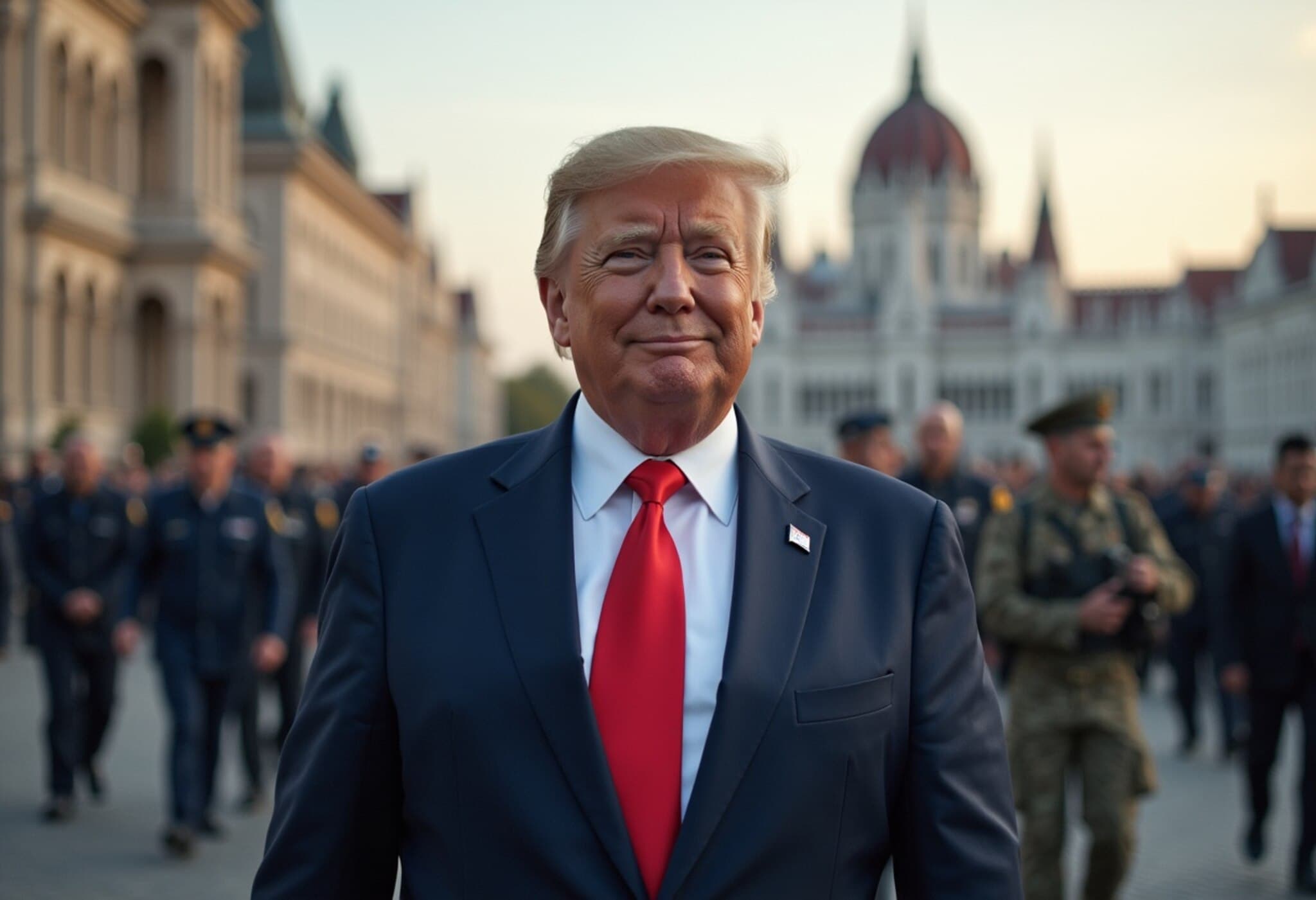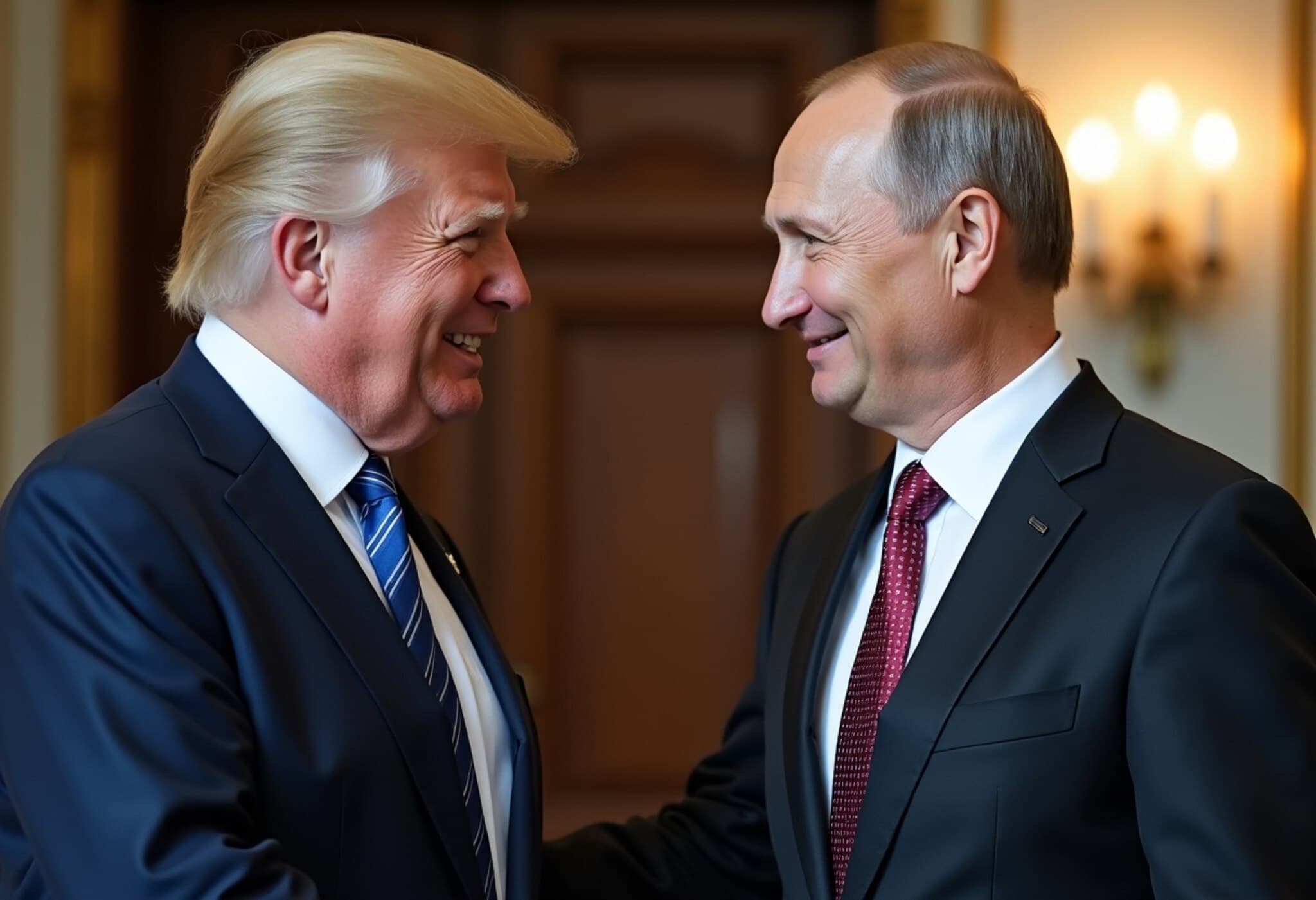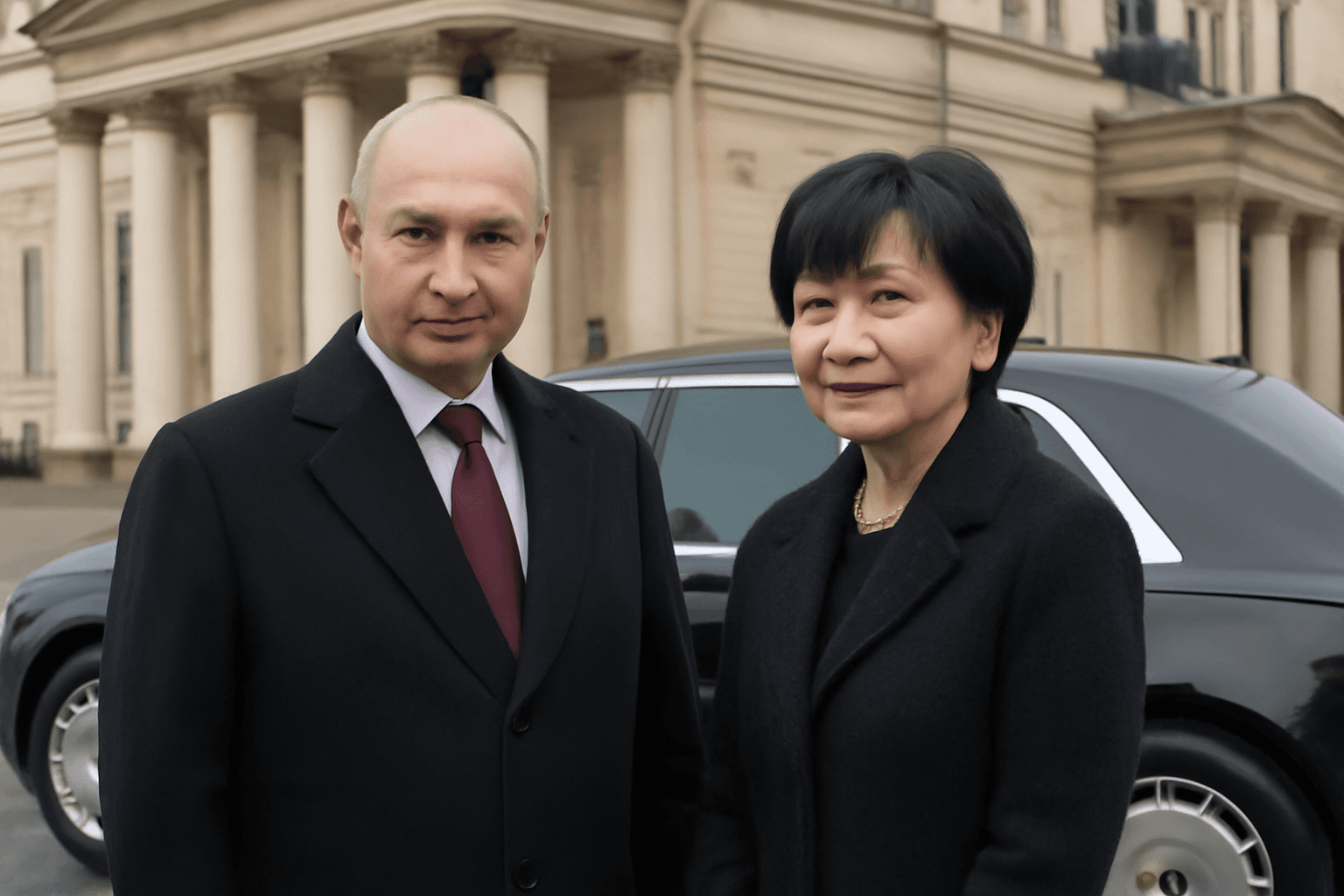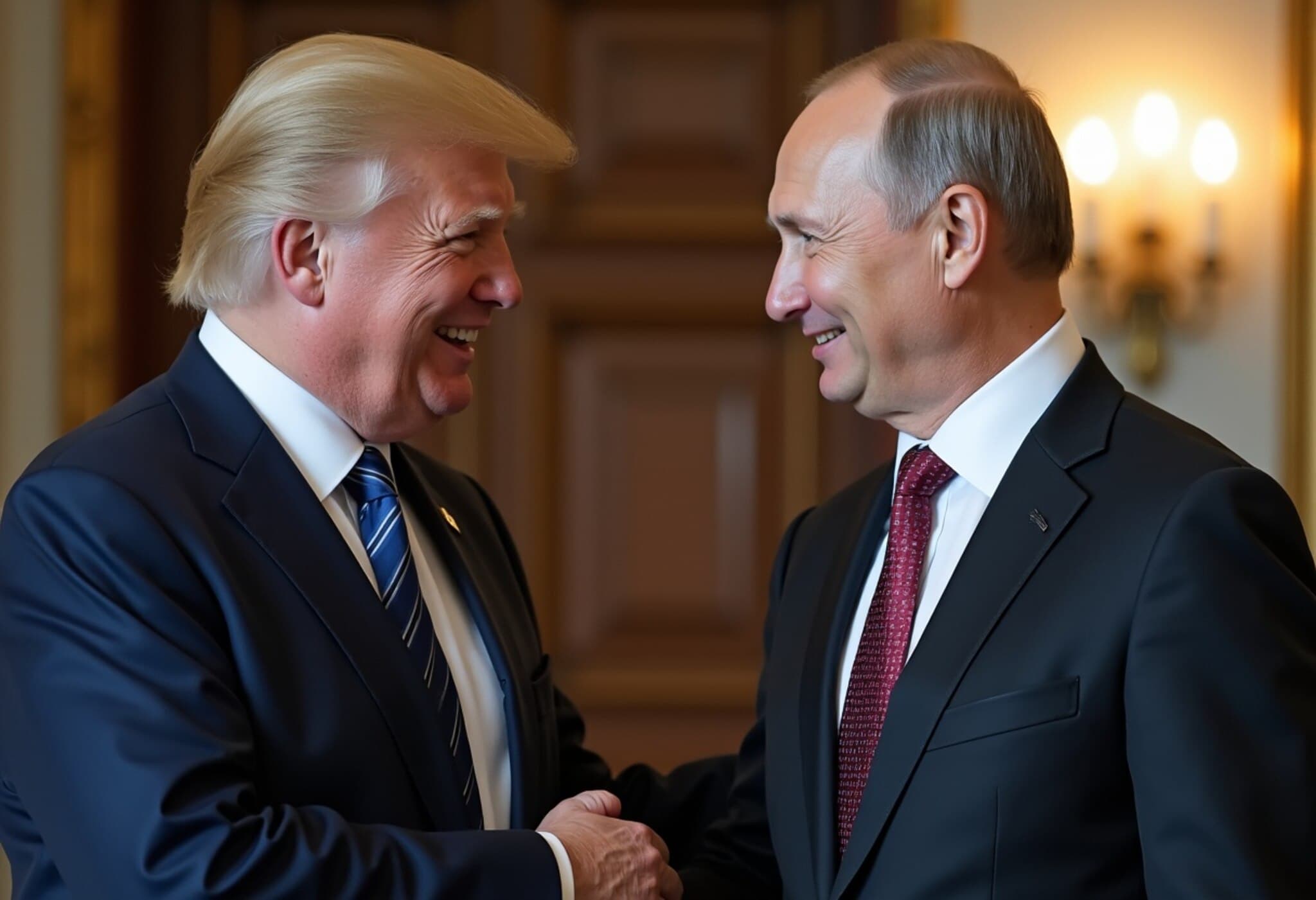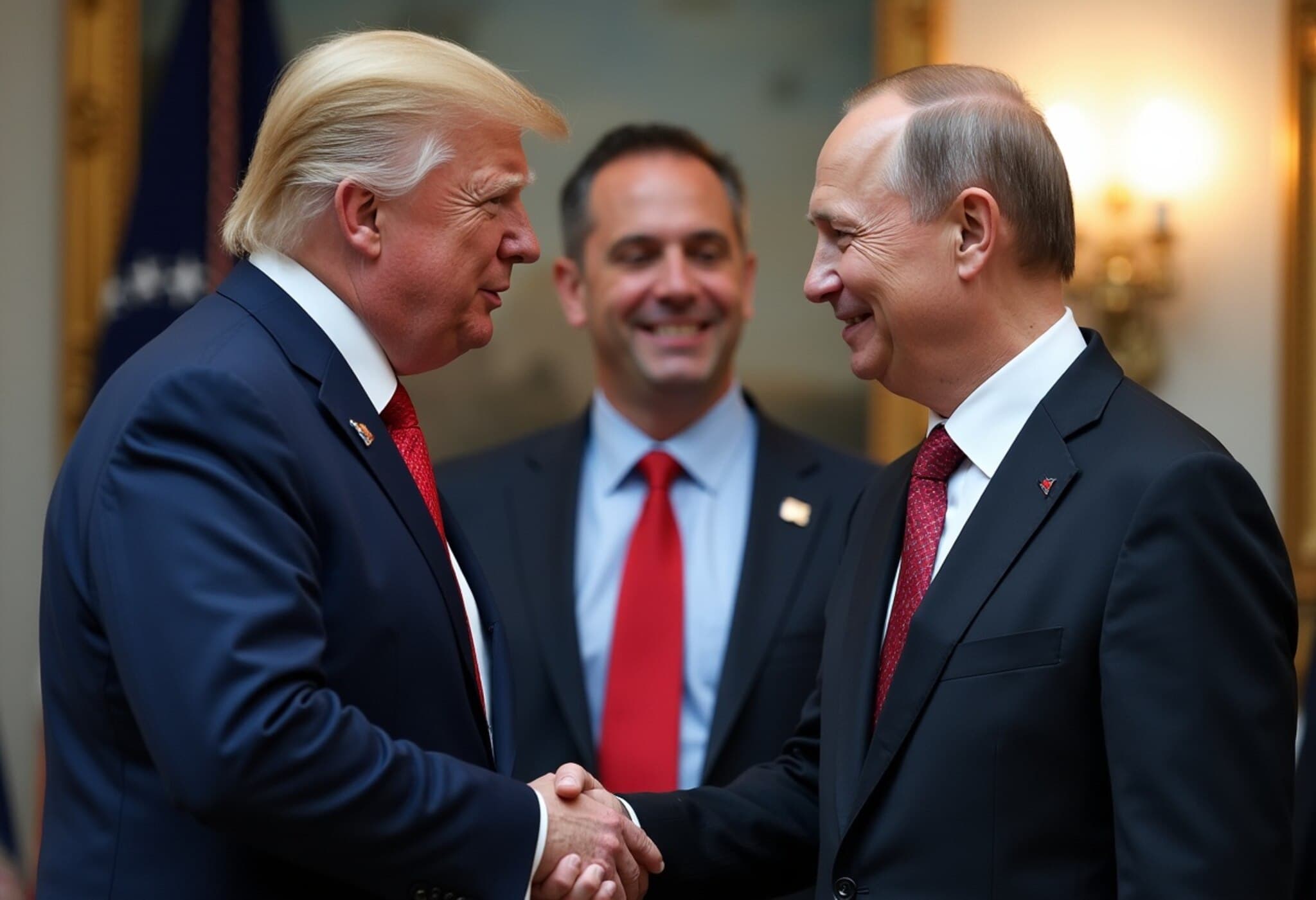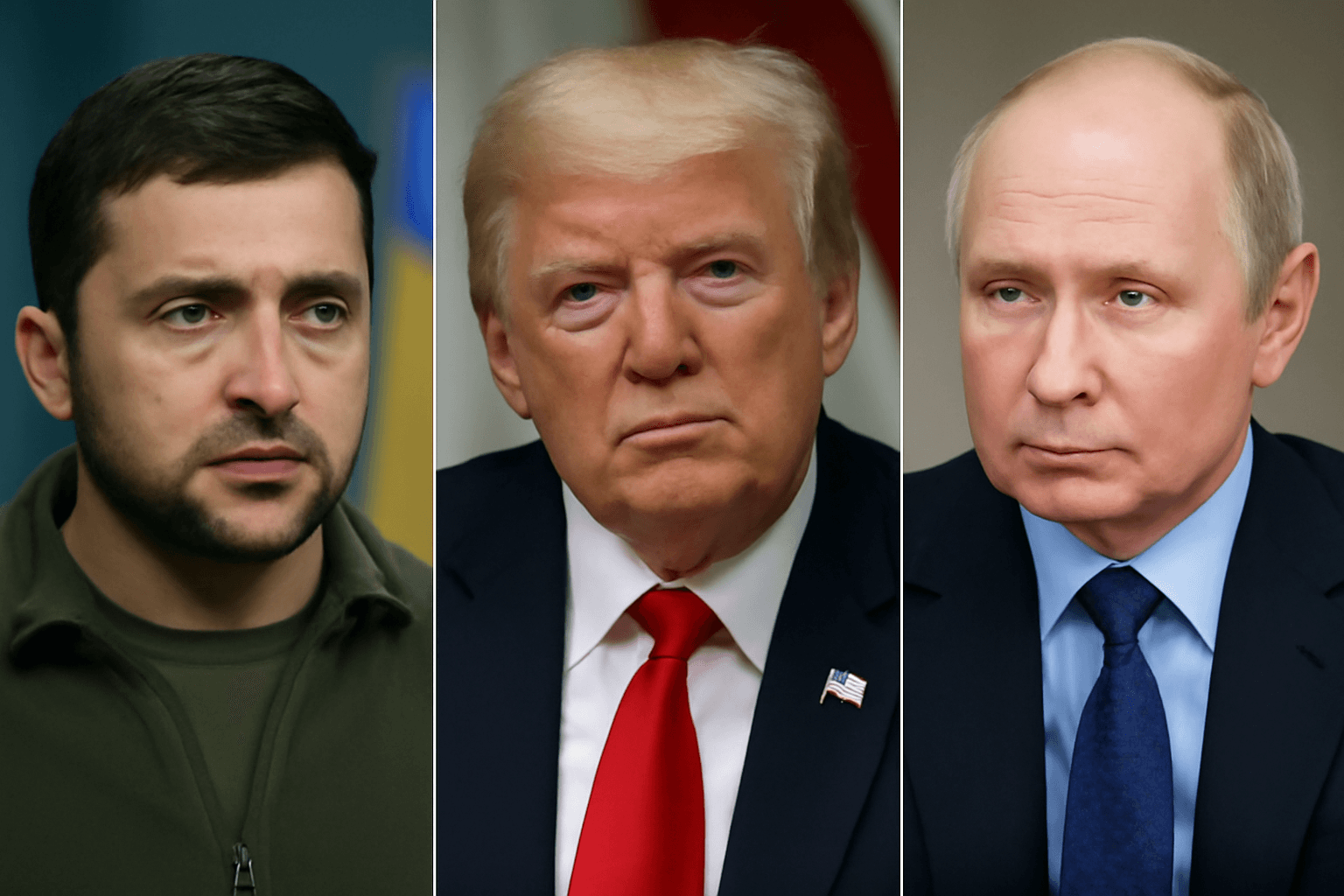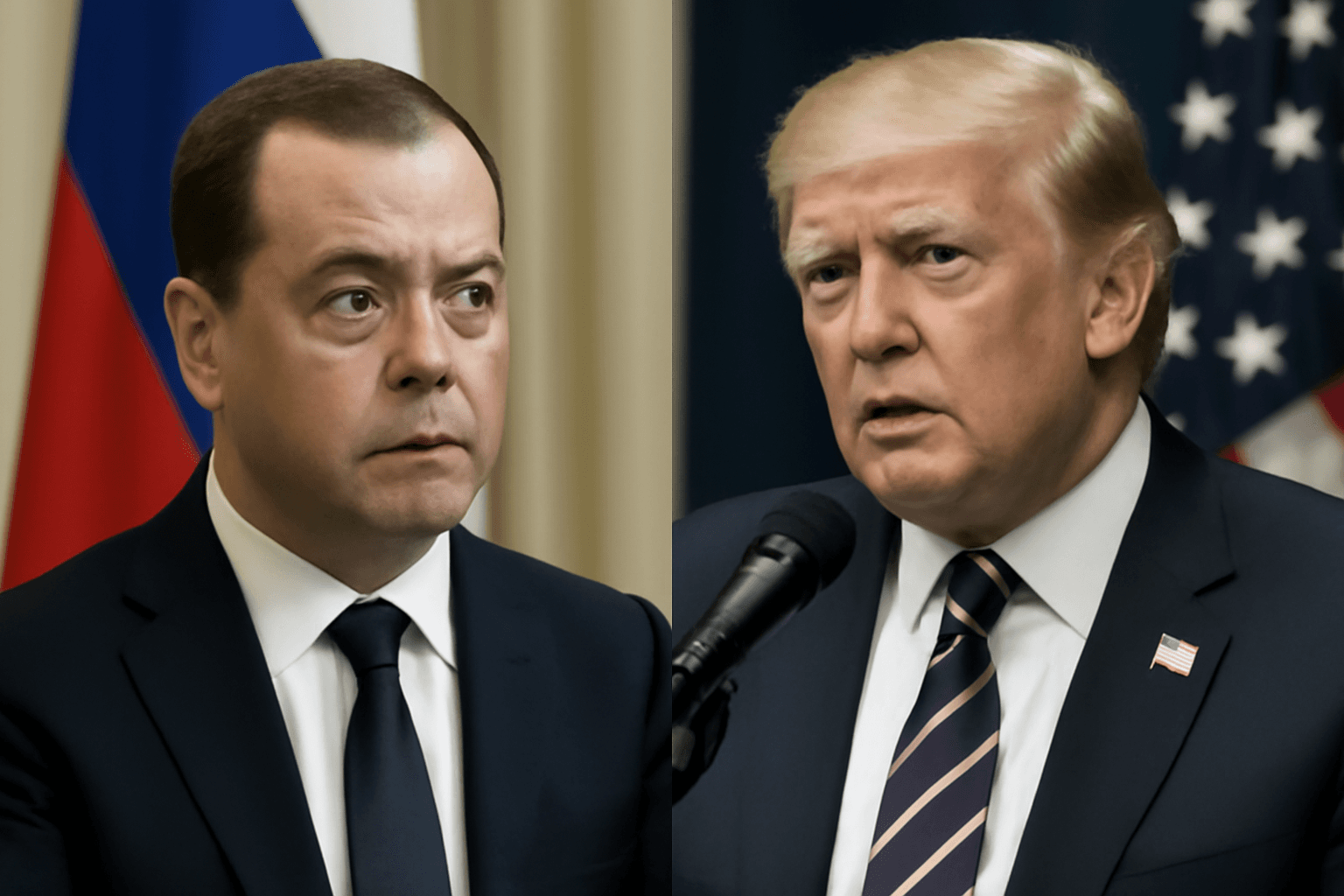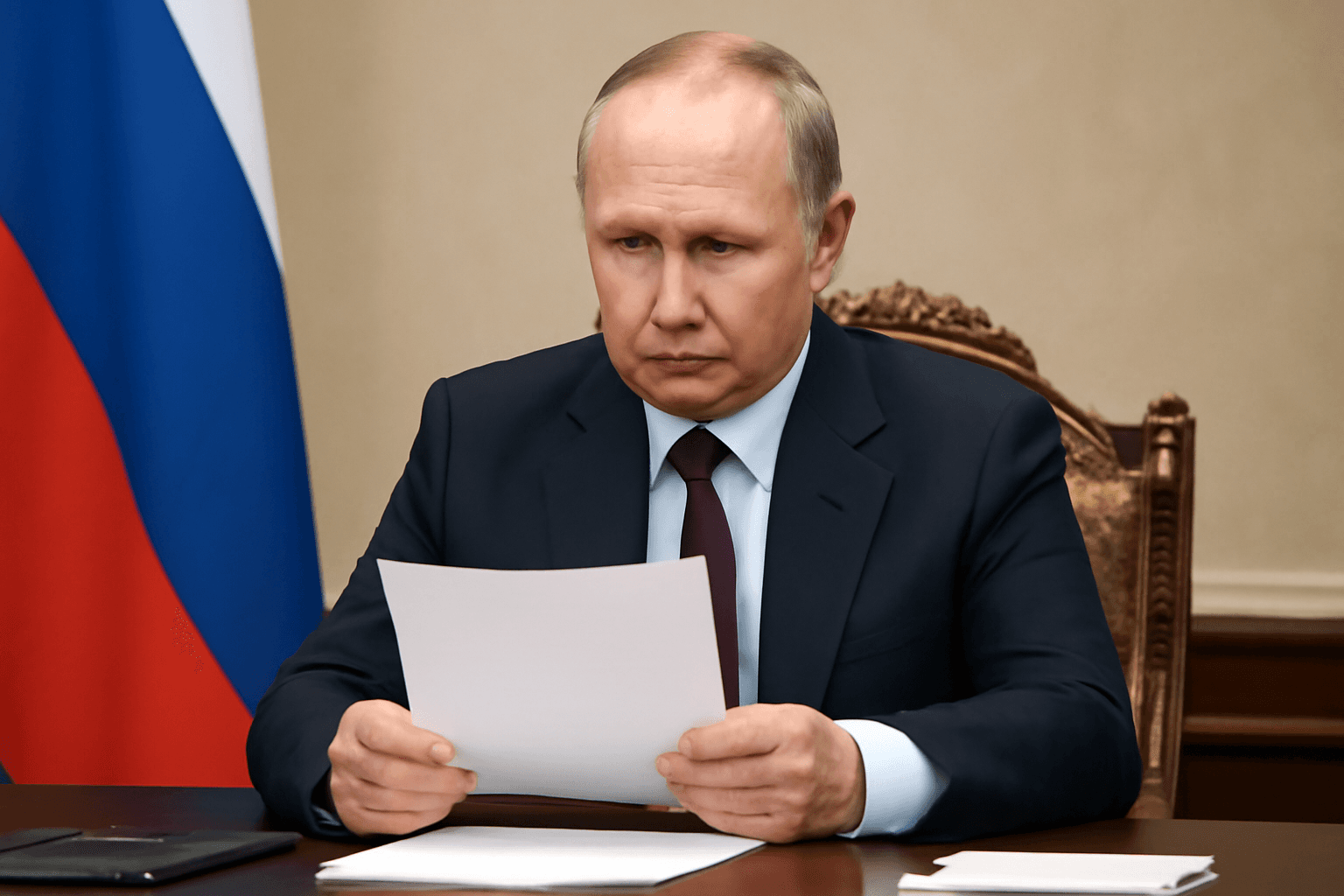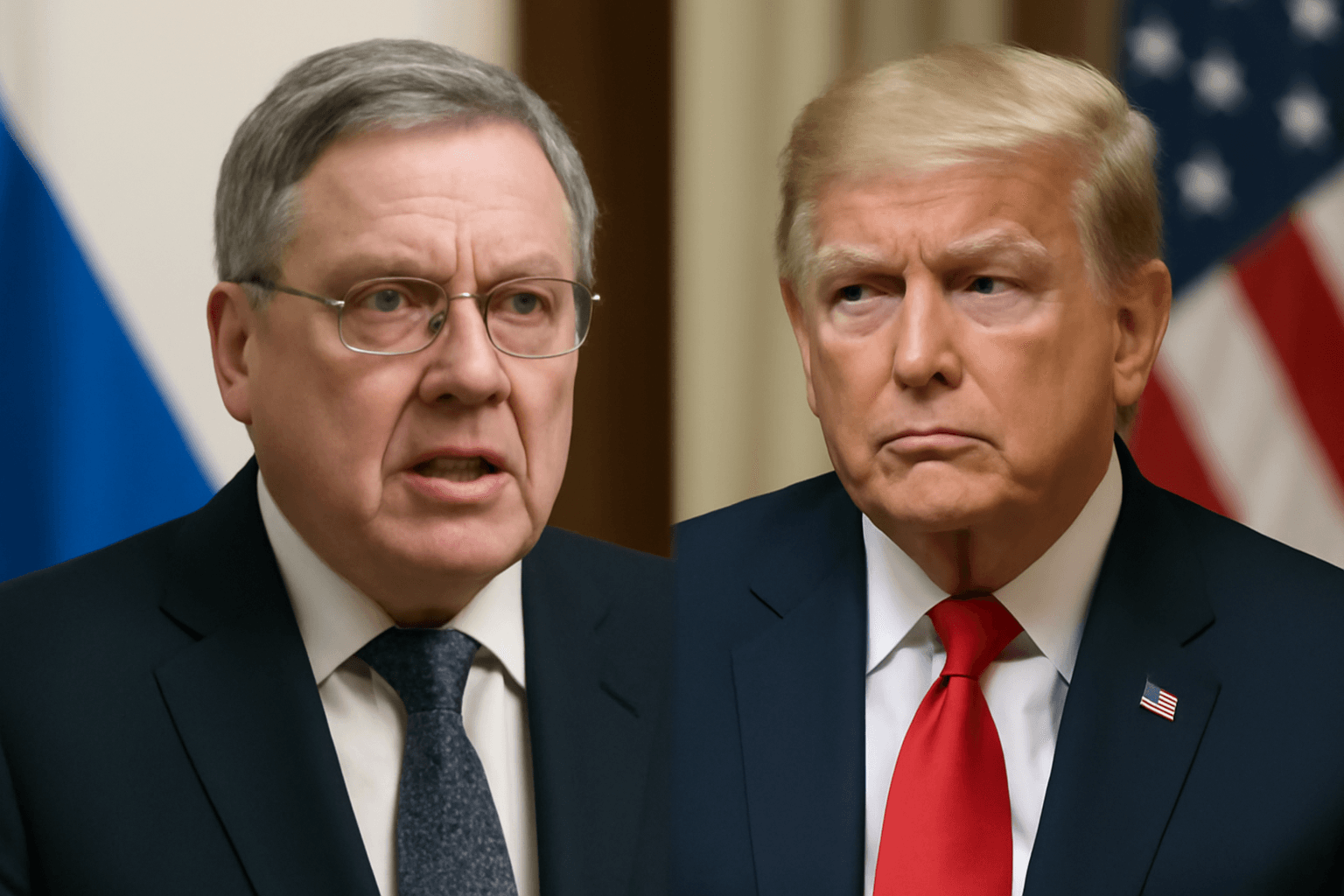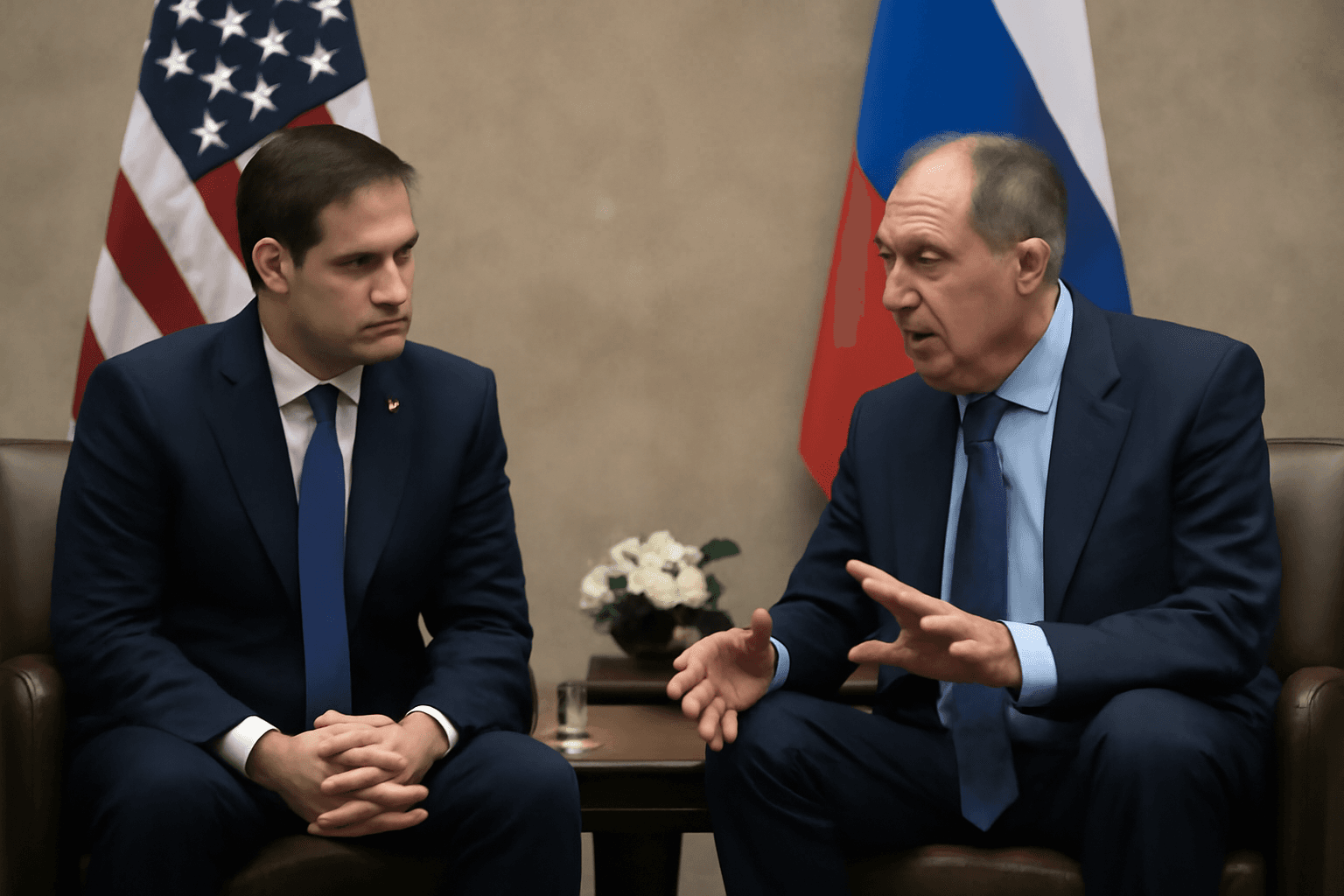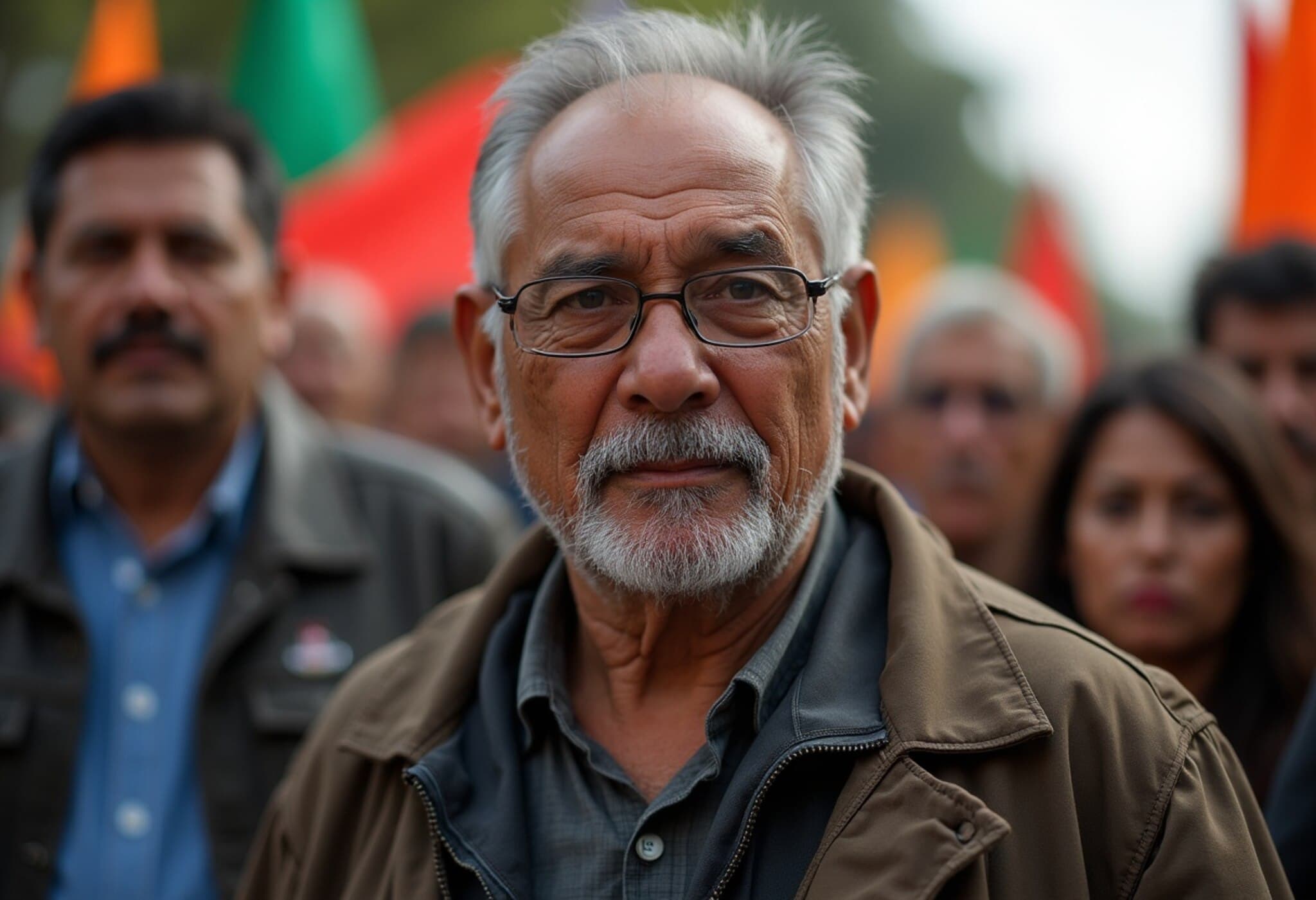Trump Pushes for High-Stakes Trilateral Summit Amid Ukraine Conflict
In a development that could reshape the ongoing diplomatic efforts surrounding the conflict in Ukraine, former U.S. President Donald Trump has reportedly proposed holding a trilateral meeting with Russian President Vladimir Putin and Ukrainian President Volodymyr Zelenskyy by August 22, 2025. This initiative, revealed just a day after a protracted summit in Alaska involving Trump and Putin, signals a potential shift in negotiating dynamics among these key global players.
Background: The Alaska Summit and Trump’s Diplomatic Strategy
The recent three-hour dialogue held in Alaska between Trump and Putin laid the groundwork for this proposed trilateral engagement. Despite the delicate context—with Russia’s ongoing military campaign in Ukraine—the discussions surprisingly included plans for a swift follow-up meeting involving Zelenskyy.
According to sources cited by Axios, Trump conveyed to both Zelenskyy and European leaders in a phone call his desire to expedite the summit. While the specific location remains uncertain, Putin has suggested that the next talks occur in Moscow. Trump expressed reservations about meeting in the Russian capital, acknowledging potential political backlash, but did not dismiss the possibility outright.
Security Concerns and the Challenge of Hosting Talks in Moscow
Hosting a summit in Moscow raises significant security and diplomatic challenges. Zelenskyy, whose country has been embroiled in a devastating conflict with Russia for over three years, would face considerable risks traveling to Russian soil. The optics and practicalities of such a summit pose critical concerns, highlighting the complexity of arranging meaningful dialogue under current geopolitical tensions.
Putin’s Maximalist Demands Cast Doubt on Breakthrough Prospects
Insiders reveal that Putin’s stance during the meeting was uncompromising. He has reaffirmed demands that Ukraine must fully withdraw from at least two eastern regions—Donetsk and Luhansk—that Russia claims as its own territory. Additionally, Putin insists on freezing the conflict front lines in the Kherson and Zaporizhzhia regions, areas of strategic contention where Russia currently maintains varying levels of control.
While Russia holds nearly all of Luhansk and most of Donetsk, its advances have stalled across these regions recently. Putin’s willingness to halt further expansion in Kherson and Zaporizhzhia could be interpreted as a concession; however, it is offset by the demand for total Ukrainian withdrawal from Donetsk—an ask unlikely to be accepted without major compromise from Kyiv.
Diverging Perspectives: Ukrainian and Western Views on Negotiation Willingness
Ukrainian officials report that during talks, the U.S. perception suggested Putin might negotiate over minor contested territories in Sumy and Kharkiv. Nonetheless, the overarching proposal heavily favors territorial shifts benefitting Russia far more than Ukraine, undermining hopes for a balanced peace framework.
Analysts warn that the gap between positions reveals a profound impasse. With Putin’s rigid demands and Zelenskyy’s commitment to Ukrainian sovereignty, a diplomatic breakthrough appears distant unless significant shifts occur on either side or through multilateral pressure.
Expert Insight: The Wider Implications for U.S. Foreign Policy and Global Stability
From a U.S. policy perspective, Trump’s eagerness to spearhead direct talks reflects a longstanding preference for high-profile diplomatic interventions. However, critics argue such moves risk undermining established multilateral efforts currently led by Western alliances and the U.N. The precarious balance between engagement and endorsement of aggressive territorial claims poses a thorny dilemma.
Economically, unresolved conflict continues to strain global markets, particularly energy prices and grain exports, where Ukraine plays a critical role. A clear resolution or at least credible negotiation framework would potentially stabilize these sectors and ease worldwide inflationary pressures.
What’s Next? The Stakes Ahead of the August 22 Deadline
- Coordination among the three leaders: Whether Putin, Zelenskyy, and Trump can align their calendars and priorities amid intense geopolitical animosities remains uncertain.
- Location logistics: Deciding on a safe and neutral venue for the summit could become a dealbreaker, especially given security sensitivities for Zelenskyy.
- Potential for progress: Realistic expectations suggest that while talks might open channels of communication, substantive breakthroughs are unlikely without compromises.
- Impact on U.S. domestic and foreign policy debates: Trump’s proactive stance may further polarize opinions on America's role in the conflict and diplomatic engagement strategies.
Editor’s Note
As the world watches, the proposed trilateral talks underscore the complex interplay between personal diplomacy and entrenched geopolitical conflicts. Trump’s proposal both highlights the persistent desire for dialogue and the daunting barriers to substantive peace in Ukraine. For policymakers and global citizens alike, the pivotal question remains: can negotiation overcome the harsh realities on the ground, or will the summit be another footnote in an ongoing saga? This evolving story demands careful attention not only for its geopolitical consequences but also for its profound human impact on millions caught in conflict.

